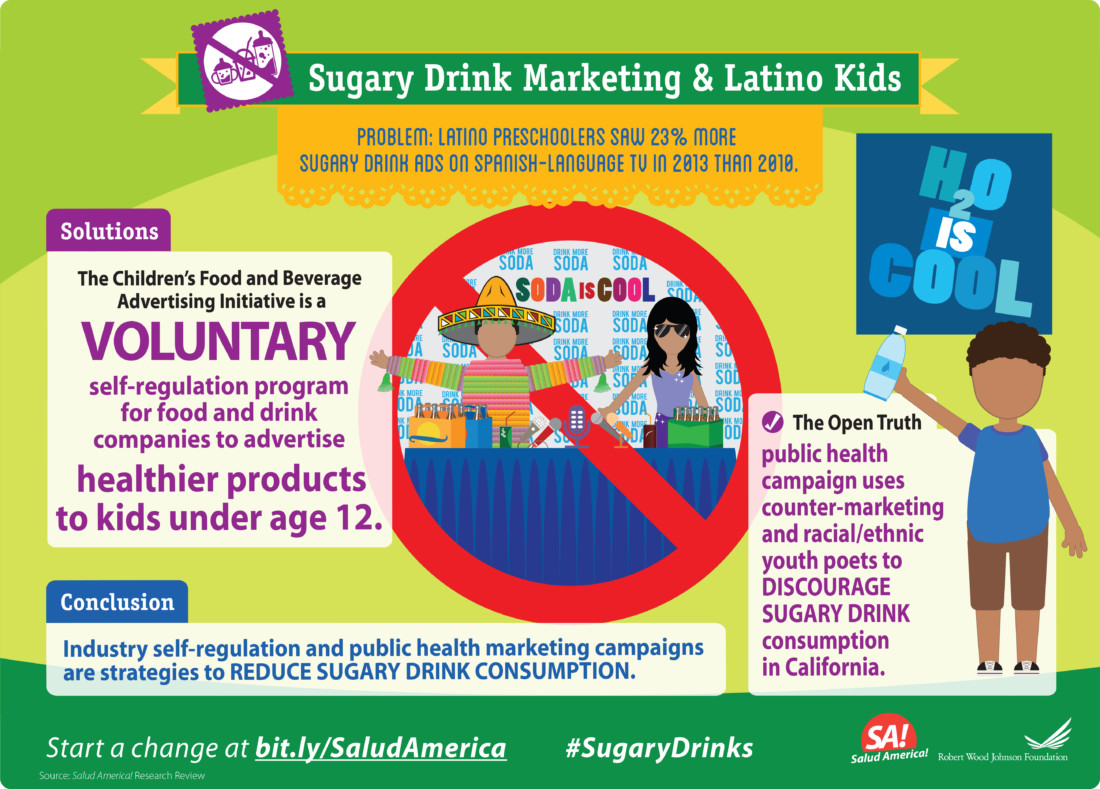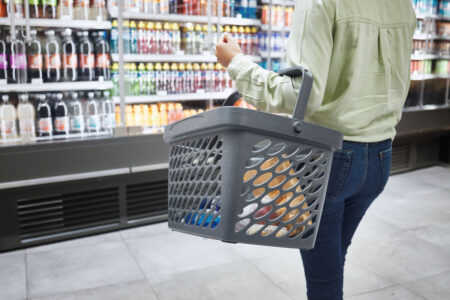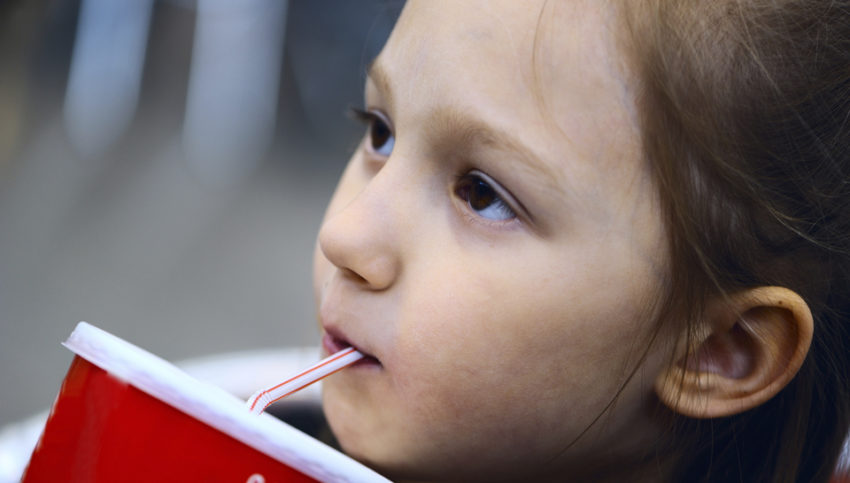
Share On Social!
How bad is sugary soda for your kid?
In New York City (29% Latino), an 8-year-old would need to walk 70 minutes from City Hall to Times Square to burn off the 9 teaspoons of sugar in a kid’s meal soda.
That’s why city leaders are making water, milk, and 100% juice the “default beverages” on kid’s menus, thanks to a new law to reduce childhood obesity in an area where 1 in 4 toddlers and preschoolers have at least one sugary drink a day.
New York’s City’s law goes into effect May 1, 2020.
“Sugary beverages contain no nutrients that children need, and they are disproportionally marketed to children in low income neighborhoods and communities of color,” said Dr. Judith A. Salerno of the New York Academy of Medicine, in a statement. “We believe that every child should have equal opportunity to thrive and be healthy, and the NYC Healthy Happy Meals legislation is a step in that direction by ensuring that healthy drinks, and not sugar-laden alternatives, are the default for children’s meal in restaurants.”
Soda Under Fire in New York, U.S.
New York City’s Healthy Happy Kids’ Meals Law doesn’t ban soda outright.
Parents can still ask for sugary drinks, but they are no longer allowed as the default.
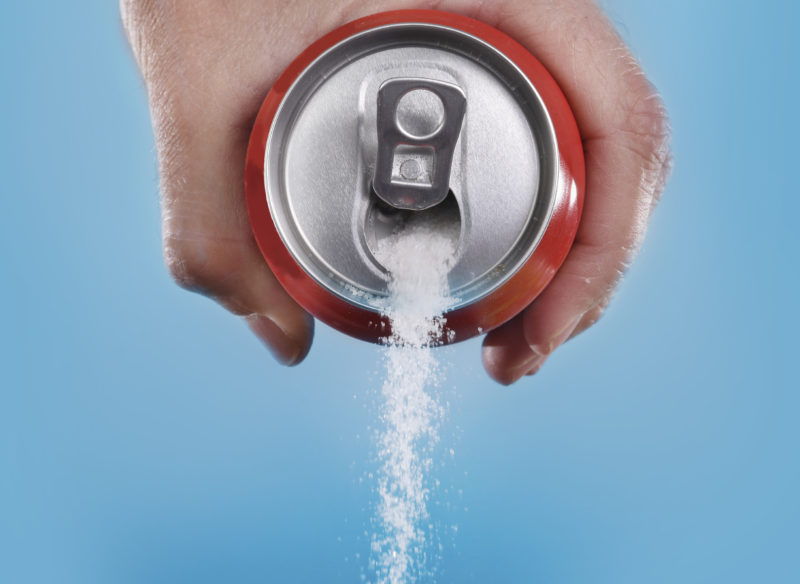 City leaders first introduced this bill in 2011. In 2014, City Council Member Ben Kallos resurrected the bill in 2014. It was finally passed in 2019, with an advocacy boost from Voices for Healthy Kids.
City leaders first introduced this bill in 2011. In 2014, City Council Member Ben Kallos resurrected the bill in 2014. It was finally passed in 2019, with an advocacy boost from Voices for Healthy Kids.
“Instead of making unhealthy options the norm, we’re going to make the healthy ones the preferred choice,” Robin Vitale, vice president of health strategies for the American Heart Association, which runs Voices.
And it’s not just New York.
Across the United States, people are viewing sugary drinks as a blight on health.
Since 2011, years of media coverage of the twin epidemics of childhood obesity and childhood diabetes raised awareness about health risks of too much sugar, according to Voices.
18 cities and state, including California (39% Latino), have made healthy drinks the default in restaurants.
Even some fast-food restaurant chains—McDonald’s, Wendy’s, Burger King, Subway and Dairy Queen—changed their default kid’s meal drinks to healthy drinks on their own.
“But many others continued to offer sugary drinks as the default, making legislation all the more necessary,” according to Voices.
Impact of Soda and Sugary Drinks on Latinos
When Latinos consume sugary drinks, they put themselves at higher risk for cancer and obesity.
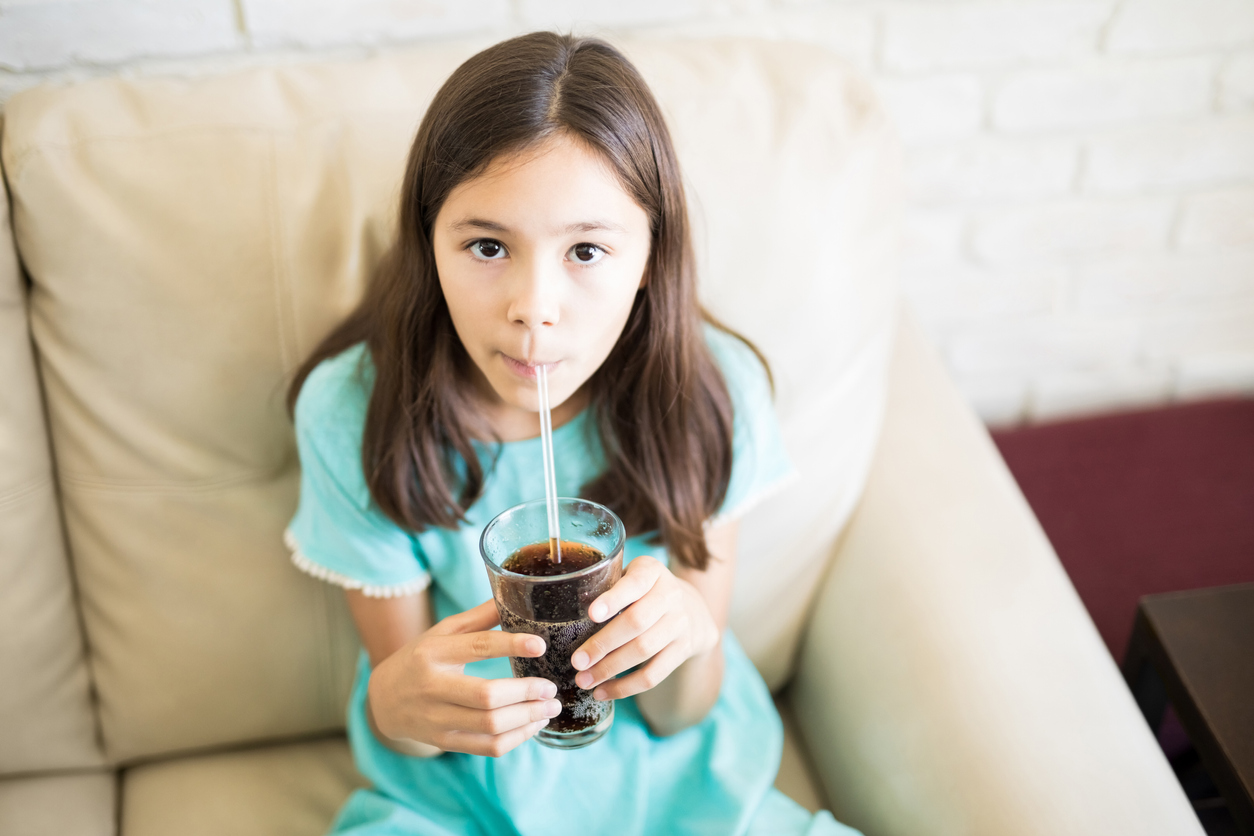 In fact, being Latino and drinking sugary beverages at least once in the past week were associated with 2.3 times the odds of severe obesity in kindergarten, according to a Salud America! research review.
In fact, being Latino and drinking sugary beverages at least once in the past week were associated with 2.3 times the odds of severe obesity in kindergarten, according to a Salud America! research review.
The same goes for adults. Their trends are not far from that of their children.
This is because children learn by what their parents teach them, whether by verbal communication or simply visually seeing their parents consuming unhealthy drinks. This is human nature, says Beverly D. Flaxington of Psychology Today.
More Ways to Reduce Consumption of Soda, Sugary Drinks
The American Heart Association and the American Academy of Pediatrics released 5 recommendations to limit sugary drinks in March 2019:
- Raise the price of sugary drinks.
- Reduce sugary drink marketing to children and teens.
- Remove sugary drinks from kid’s menus and emphasize healthy drink options. This is what New York City now has done.
- Add accurate nutrition labels and information.
- Hospital should serve as models with policies to limit or discourage purchase of sugary drinks.
Salud America! also marked a real-world win for the first recommendation.
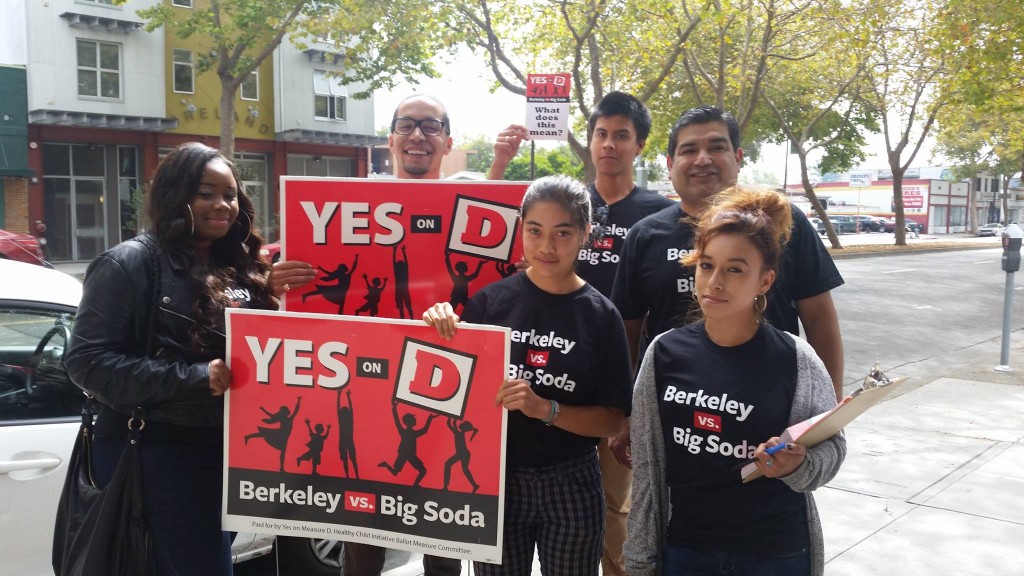
Citizens in Berkeley, Calif., worked together to become the first city in the U.S. to pass a “sugary drink tax.” This counteracts the drink industry’s millions spent on targeting Latinos and other kids and fund health programs.
With the tax in place, a 2017 study indicated that Berkeley residents are buying fewer sugary drinks and water sales are up 16%. According to a February 2019 report, the tax has spurred a 50% decline in sugary drink consumption.
The Berkeley community and local health advocates like Xavier Morales are some of the many heroic examples of how raising the prices of sugary drinks can not only help limit consumption. Also, it has a positive impact on Latino and black communities.
“This positive impact is magnified by the fact that the revenue from the tax is being invested in health and wellness across the city,” said Nancy Brown of AHA in a statement.
More Solutions to Improve Latino Health
Our Salud America! Research Review includes detailed solutions that are specific to Latino families.
Sugary drink marketing. Latino preschoolers saw 23% more sugary drink ads on Spanish-language TV in 2013 than 2010. The Children’s Food and Beverage Advertising Initiative is a voluntary self-regulation program for food and drink companies to advertise healthier products to kids under age 12.
Access to clean water. Latino kids consume less plain water than white kids. Latino kids are more likely to perceive tap water as unsafe and are less likely to drink it than white kids. When New York elementary and middle schools replaced vending machines with water jets, students’ likelihood of being overweight dropped up to 0.9 percentage points.
Want to implement healthy change in your community?
Learn how others are reducing sugary drink consumption and promoting water!
Salud America! also created an Action Pack to help school leaders push for Water Bottle Fountains in schools to boost access to water for Latino and all kids.
ADD A WATER BOTTLE FOUNTAIN IN YOUR SCHOOL!
Explore More:
WaterBy The Numbers
74
percent
of Latino kids have had a sugary drink by age 2 (vs. 45% of white kids)

